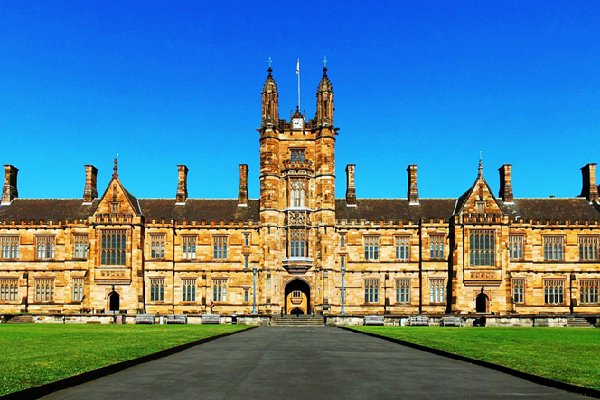University of Sydney experts receive Chan Zuckerberg Initiative grants
Two scientists from the University of Sydney have received nearly a million dollars in funding from the Chan Zuckerberg Initiative for projects to advance the analysis of ballooning biomedical data.
Professor Jean Yang and Dr Shila Ghazanfar, who are both members of the School of Mathematics and Statistics and work at the Charles Perkins Centre, and the Sydney Precision Data Science Centre where Professor Yang is director, received funding in the Data Insights category.
Data Insights supports researchers trying to find ways to better understand health and disease by analysing data on individual cells that have already been collected.
The Chan Zuckerberg Initiative (CZI) is a philanthropic organisation founded in 2015 by Facebook founder Mark Zuckerberg, the chief executive of Meta, and his wife Priscilla Chan. Its mission is to tackle some of the world’s biggest challenges, such as eliminating disease and improving education and science.
Professor Jean Yang
Professor Jean Yang
Professor Jean Yang
Professor Yang is a statistician from the Faculty of Science whose research is focused on developing methods and applying statistics to solve problems in biomedical research.
She has been awarded a $US194,000 ($294,000) grant to create a platform that helps researchers in the field of single-cell biology compare and analyse large datasets from multiple samples and conditions, such as different patients or tissue samples.
This will contribute to molecular medicine and cancer research by understanding disease mechanisms.
With the rapid growth of single-cell research and the increasing volume of data being generated, Professor Yang said the platform will provide a gold standard to evaluate and choose the best methods for analysing data.
“Scientists globally are now generating data that carry critical information, with important clinical and public health applications, but they are often overwhelmed by too many options and a steep learning curve when deciding the best analytical approaches for their comparative analysis,” Professor Yang said.
“This project aims to develop a platform with a living benchmark to evaluate methods for comparative analytics, and to provide analytical choice when handling data involving multiple samples and multiple conditions.
“With the volume of multi-sample data expected to rise in the coming years, we will see the emergence of new analytical workflows and methods for performing comparative analyses between different groups of single-cell data – creating a new data analytics challenge.
“I am grateful to CZI for awarding me this funding and truly excited about the opportunity it presents. Their recognition of the importance of comprehensive comparison of the methods available to researchers sends a strong message about their support for both biomedical data science and reproducible science.”
Dr Shila Ghazanfar
Dr Shila Ghazanfar
Dr Shila Ghazanfar
Dr Ghazanfar, an Australian Research Council Fellow from the Faculty of Science, uses statistical and computational techniques to extract new insights into biomedical data, focusing on spatial transcriptomics – a cutting-edge technique that allows scientists to study gene activity in tissue with unprecedented detail.
The technique allows scientists to create a map of gene activity across tissue which shows where each gene is turned on or off, allowing them to understand the complex patterns of expression in different cell types and how they interact with each other.
Dr Ghazanfar received grants for two projects, both worth $US200,000 ($303,000).
The most recent, in collaboration with Associate Professor Stephanie Hicks from Johns Hopkins Bloomberg School of Public Health in the United States, funds research to develop a computer program that can automatically group together similar types of cells in large datasets containing information about where the cells are located.
“Spatial transcriptomics is a new biotechnology that is revolutionising scientists’ ability to observe genetic molecules inside of the tissues and inside individual cells,” Dr Ghazanfar said.
“This project is about developing new algorithms and software to be able to detect new patterns in the data.
“Making effective use of millions of data points is a challenge, but clustering allows us to discover new connections in data which could lead to discoveries about disease, such as tumour growth or resistance.”
Last year she received the first grant from CZI to create new tools and methods to understand data gathered from spatial transcriptomics.
“A critical component to this project is using multiple scales, looking at the data at the subcellular, cellular and supercellular levels in order to understand the biology and to enable a mosaic-like integration of data from different technologies,” Dr Ghazanfar said.
“Combined, the research from these two projects will lead to the development of new software that can handle data coming from new technologies and help us better understand biology and disease.
“I am immensely grateful to CZI for supporting data-intensive science and early career researchers. As an independent academic early in her career, these grants are invaluable in progressing my research from ideas into outcomes.”

